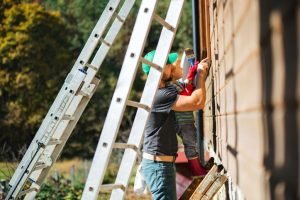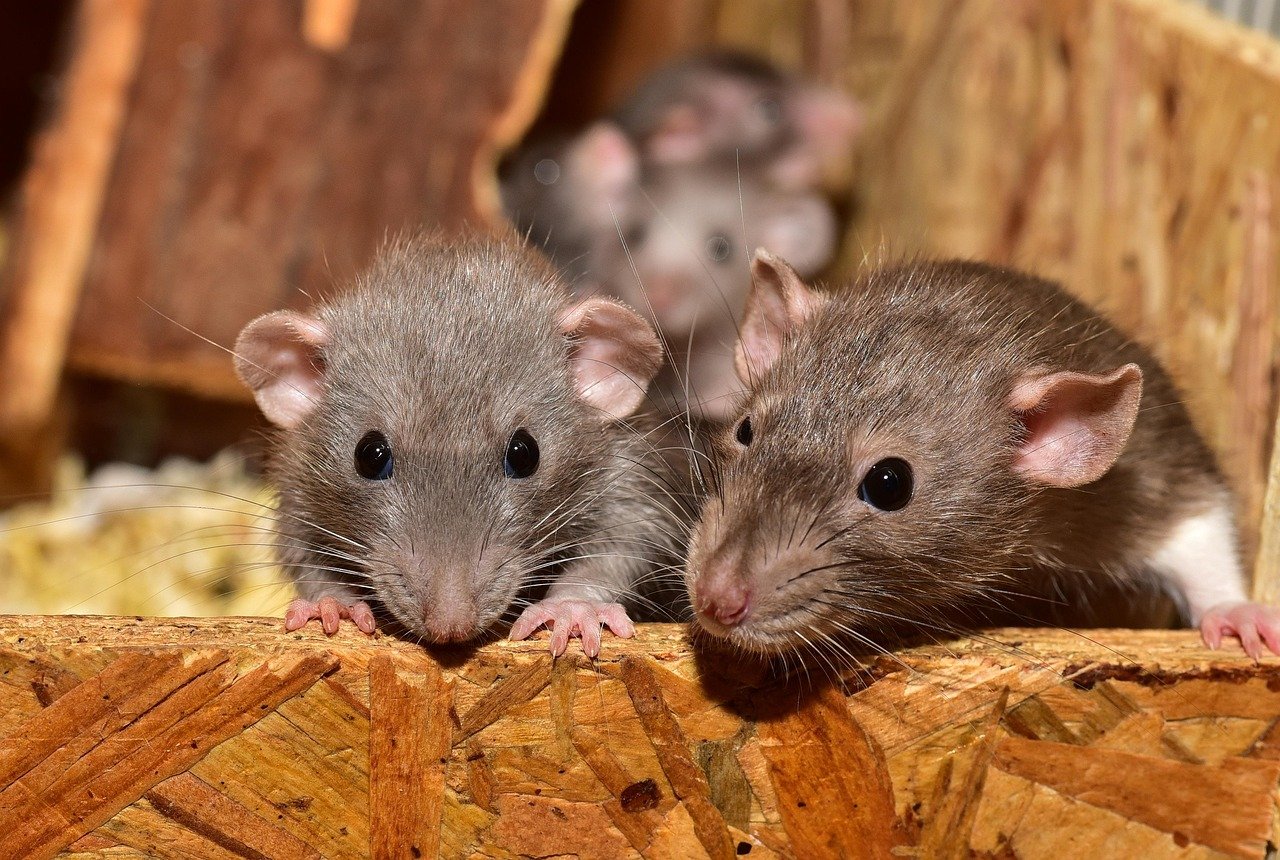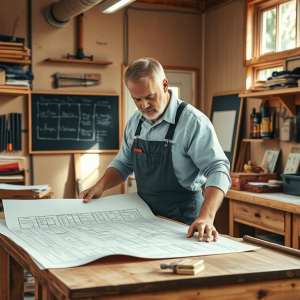Last Updated on June 16, 2025 by teamobn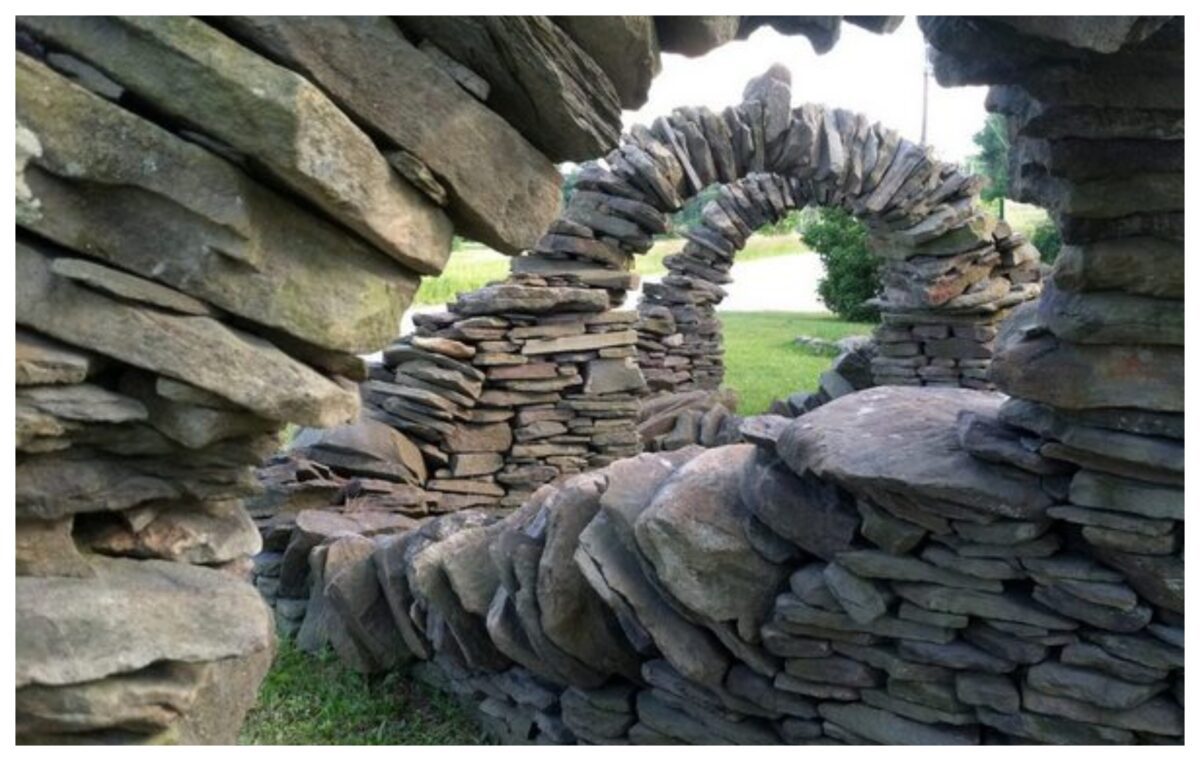
Vermont, USA – Thea Alvin
In the world of dry stone building, Thea Alvin is an absolute legend. Although she is extremely modest about her skills, she always pushes credit toward others. Thea Alvin Earthwork is characterized by its intricate detail and beautiful craftsmanship.
She has been honing her craft for years, and her work can be seen in different places in the world. Alvin is a true master of her trade, and her work is truly breathtaking.
She lives for her work and travels widely learning new skills and techniques while sharing what she has to give.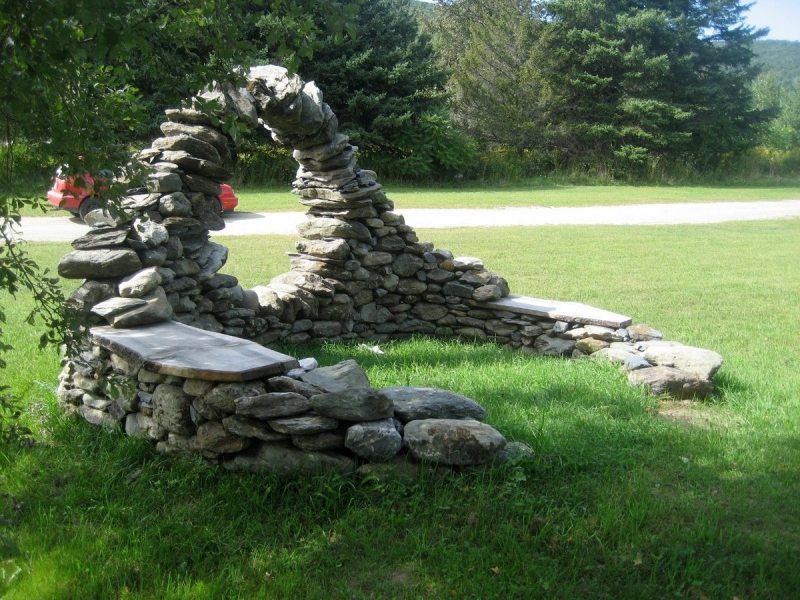
Dry stone building is a time-honoured building technique that involves the use of stone – any stone. The stone can be stacked in layers, curved, or left exposed.
The technique has been around for several centuries and is used to build everything from homes to entire castles. Dry stone buildings are prized for their beauty and durability.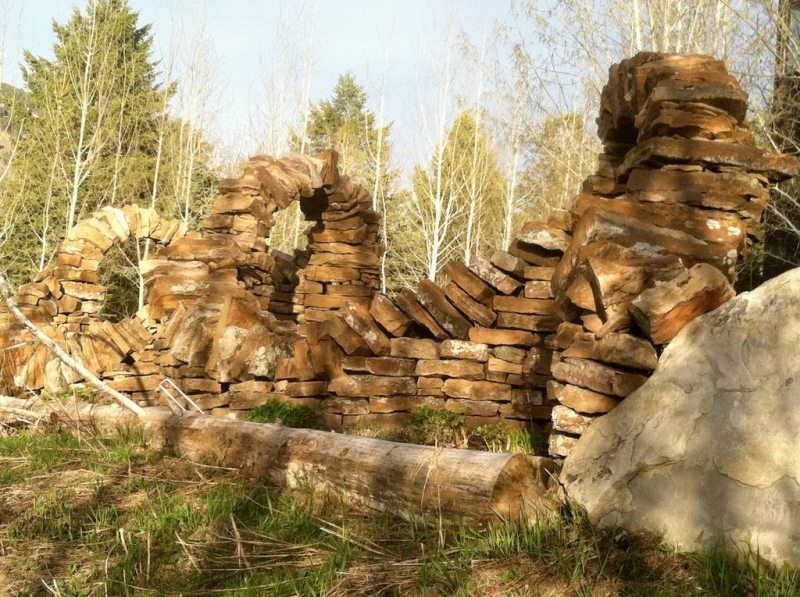
The technique may seem simple, but it requires a great deal of skill and experience to do it correctly. Dry stone building is what Thea Alvin grow up working with starting at the age of sixteen together with her father.
Thea Alvin has since become an expert in the field, working with her father on various projects. The dry stone building technique is one that has been used for centuries and is still popular today due to its many benefits.
Some of these benefits include the fact that dry stone construction is very durable, as well as being low maintenance and environmentally friendly.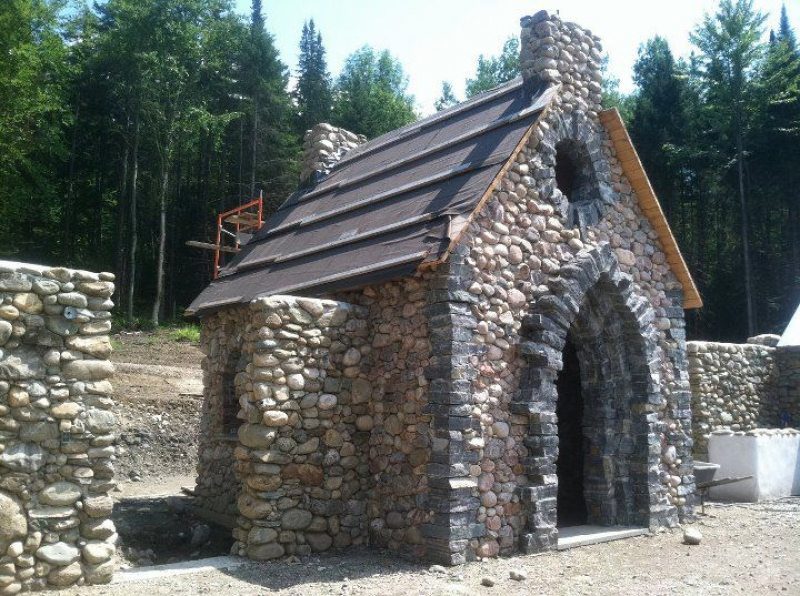
Chapel Garden, Vermont
The Chapel Garden is a beautiful example of Alvin’s work, and it is one of her most well-known pieces. It is a dry stone building that was built using only the natural materials found on the site.
The result is a stunning and unique structure that has been attracting visitors from all over the world. Alvin’s work is characterized by her use of natural materials and her attention to detail.
She is able to create beautiful and intricate designs that are both functional and aesthetically pleasing.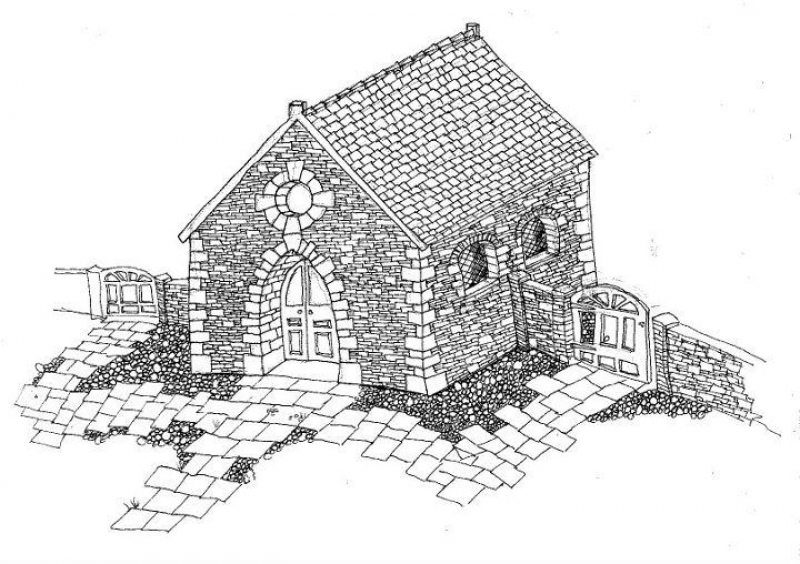
Aside from dry stone building, Thea Alvin has featured upcycle outdoor sculptures.
Aside from her dry stone building, Thea Alvin has also featured upcycled outdoor sculptures. These sculptures are made from recycled materials and are meant to add a touch of whimsy and fun to any outdoor space.
Hot Carts
Thea Alvin’s “Hot Carts” is a work of art that captures the energy and excitement of the SEABA Street Art Festival in Burlington, Vermont.
Held annually, the festival is a celebration of the vibrant street art scene in the city. Alvin’s work captures the colourful and creative spirit of the event and the people who come to enjoy it.
House of 40,000 Cans
In 2010, Thea Alvin and her team created a “House of 40,000 Cans” at Bonnaroo. The project was an experiment in sustainability and waste reduction, and it aimed to show that it is possible to have a fun and safe time at a music festival without creating mountains of trash.
The project was a huge success, and it helped to change the culture of waste at Bonnaroo.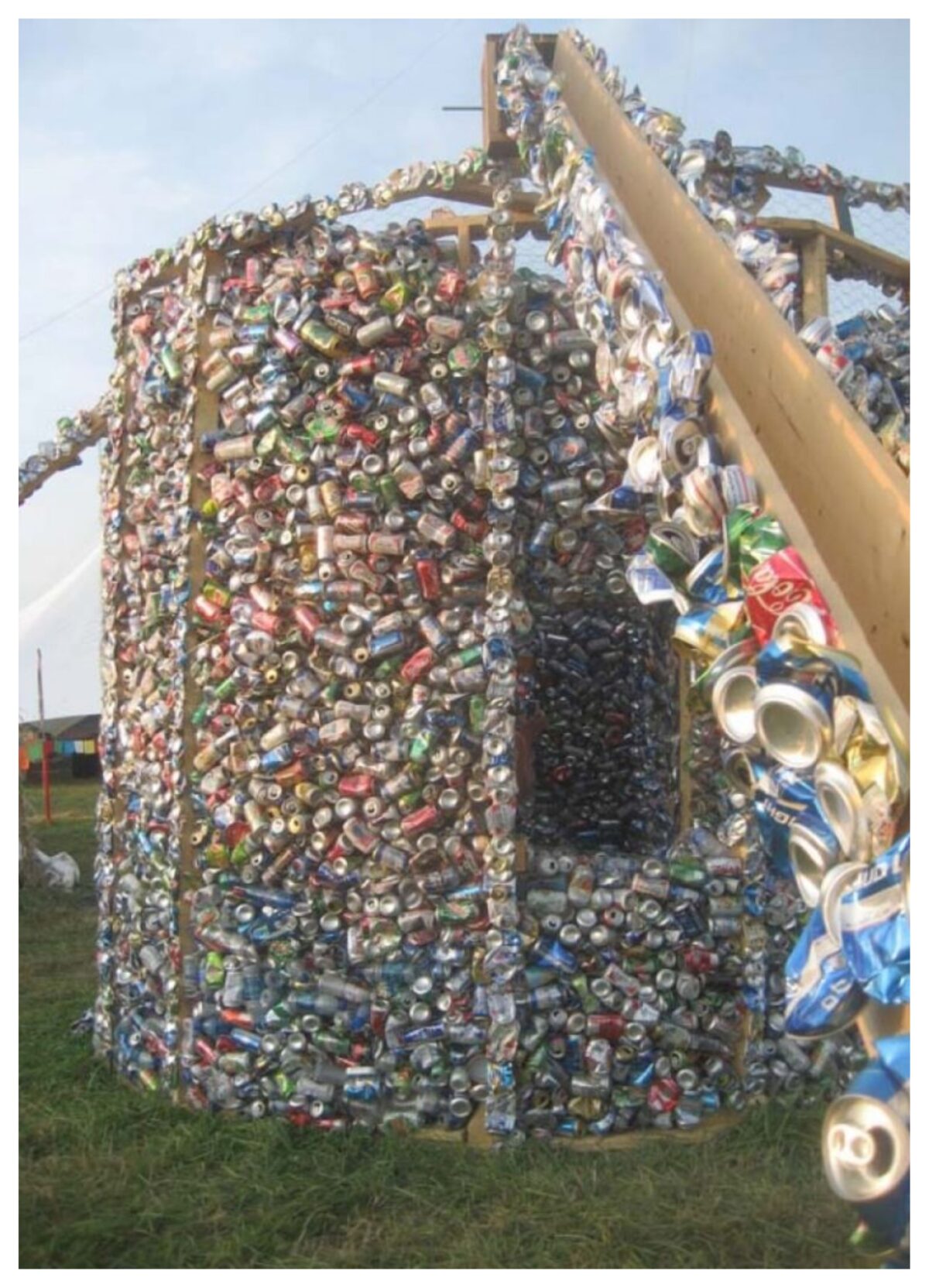
We’re proud to be able to show some of her work here. Thea has told us she’d love to visit Australia and New Zealand in the near future with the aim of participating in workshops here.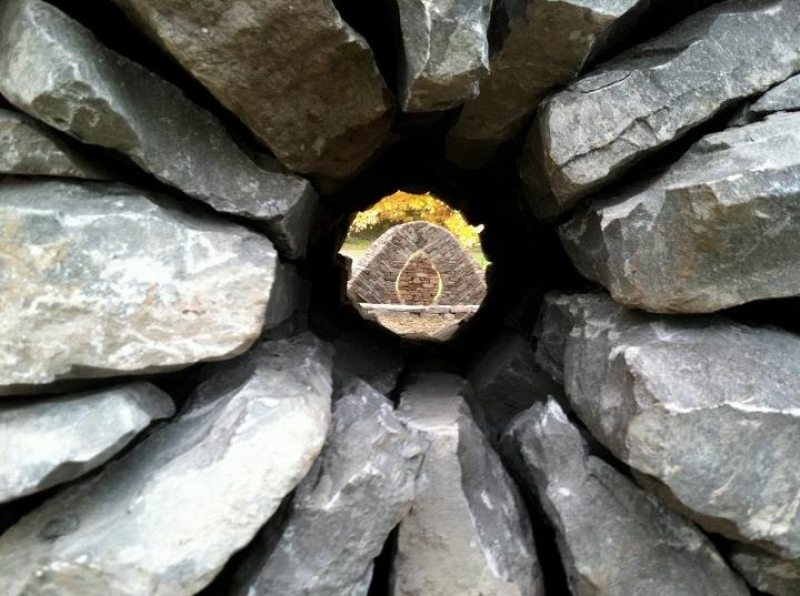
The Origins and Evolution of Earthwork Art
Earthwork art dates back to ancient builders who shaped land as living monuments. Alvin draws on those practices to craft modern forms rooted in meaning.
Ancient Valley Earthworks
Early earthworks emerged in river valleys and ceremonial sites. Builders in Mesopotamia and the Americas moved vast amounts of soil to create terraces and mounds. They shaped landscapes as spiritual and functional structures. Their work blended art, engineering, and ritual. This laid the groundwork for earthwork as a medium for human expression.
Medieval Terrace and Castle Walls
During the medieval period, builders extended earthwork techniques to fortifications and agriculture. They combined stone and soil to create terraced fields and defensive ramparts. Castle moats and bailey walls relied on engineered embankments for strength.
This era highlighted functional aspects of earthwork while refining craftsmanship. The balance of form and function foreshadowed modern land art’s blend of beauty and purpose.
20th Century Land Art Movement
The 1960s and 70s saw a revival of earthwork art through the Land Art movement. Artists like Robert Smithson and Michael Heizer carved huge shapes into deserts and fields. Their work challenged gallery norms by situating art in natural contexts.
This movement broadened the definition of sculpture and invited viewers to interact with landscape. Alvin’s practice channels this legacy by respecting site while introducing her own narrative.
Bridging Past and Present in Alvin’s Work
Alvin blends ancient earthwork principles with contemporary design sensibilities. She studies local techniques and adapts them to each site’s ecology. Her projects honor heritage while inviting fresh perspectives. This bridging of eras makes her installations both timeless and innovative. Her collaboration with local artisans enriches her work with deeper cultural insight.
Materials and Methods Behind Thea Alvin’s Earthwork
Crafting durable landscapes depends on quality inputs and skilled methods. Her process shows how Thea Alvin’s earthwork balances artistry with sustainability, site conditions, and respect for tradition.
Locally Sourced Stone
Thea Alvin’s earthwork starts by selecting stone within a short radius of the site. Local stone blends seamlessly with its surroundings. She inspects each rock for shape and durability. Hand-splitting techniques create flat faces. She layers stones to follow natural contours. This method strengthens structure and sheds water. It also honors centuries of dry stone traditions.
Natural Soil and Earth
She mixes soil types to match moisture needs. Thea Alvin’s earthwork often uses sandy loam or clay-rich soils. This mix helps with drainage and compaction. Workers tamp layers to form a firm base. Natural binding agents like fine silt improve cohesion.
In some designs she layers organic mulch under soil to promote root growth in planted areas. This strategy boosts biodiversity and links art with living landscapes.
Recycled Materials and Upcycling
Thea Alvin’s earthwork embraces upcycling by incorporating reclaimed wood, metal, and glass. She uses old beams as garden seats within stone walls. Broken bottles transform into light-catching insets. Metal scraps become anchors and art accents. Upcycled elements connect community and craft. Visitors often recognize local materials in her walls.
Traditional and Modern Techniques
In her workshops methods blend hand tools with power equipment. She uses trowels and chisels to fine-tune edges. A laser level ensures precise alignment. Traditional pounding techniques pack soil tightly. Contemporary stabilization meshes add extra resilience. She trains apprentices to master each step. This ensures future generations carry forward her craft.
Thea Alvin Earthwork Gallery
Click on any image to start the lightbox display. Use your Esc key to close the lightbox. You can also view the images as a slideshow if you prefer 😎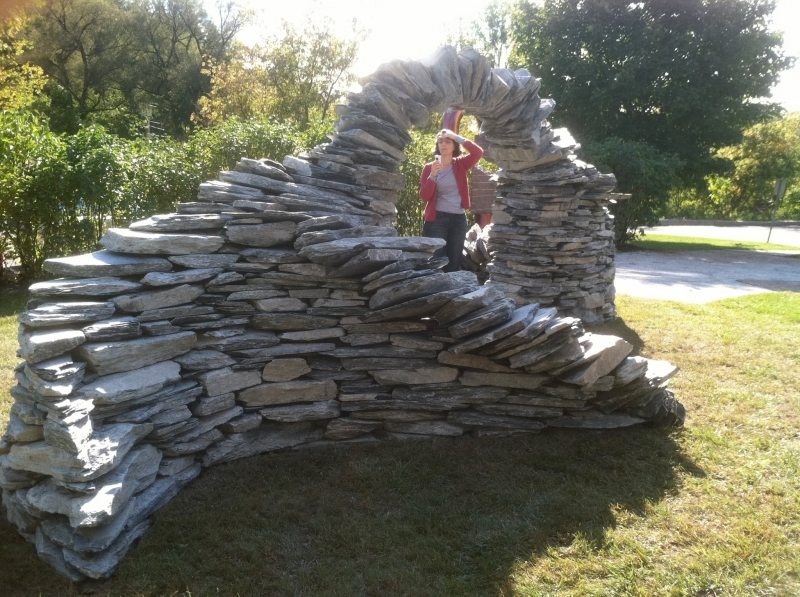
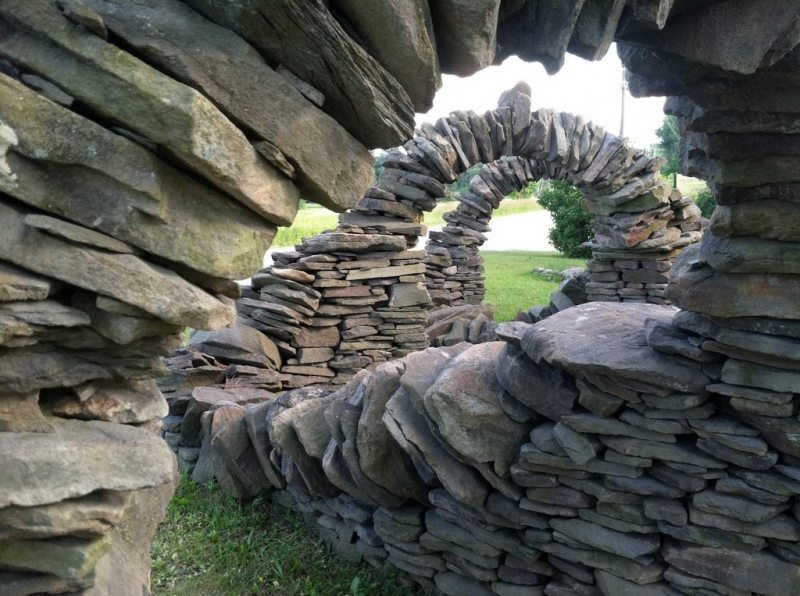



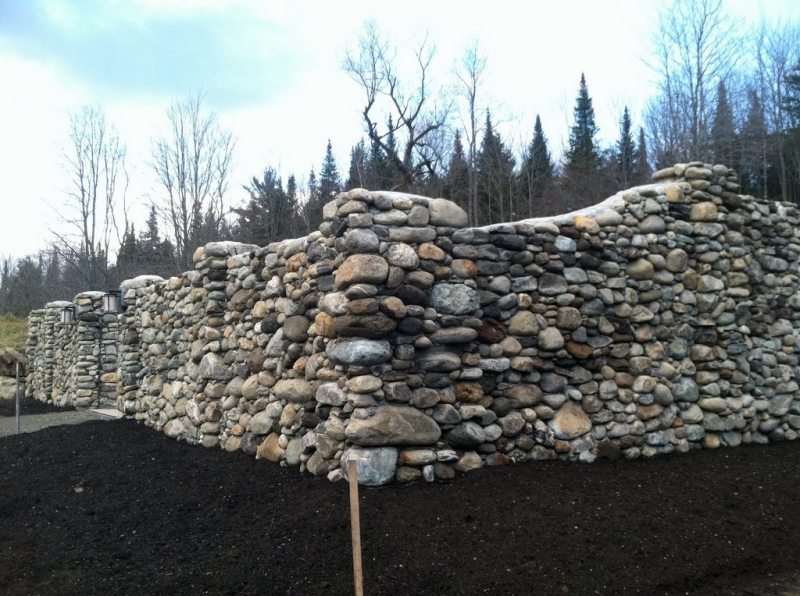
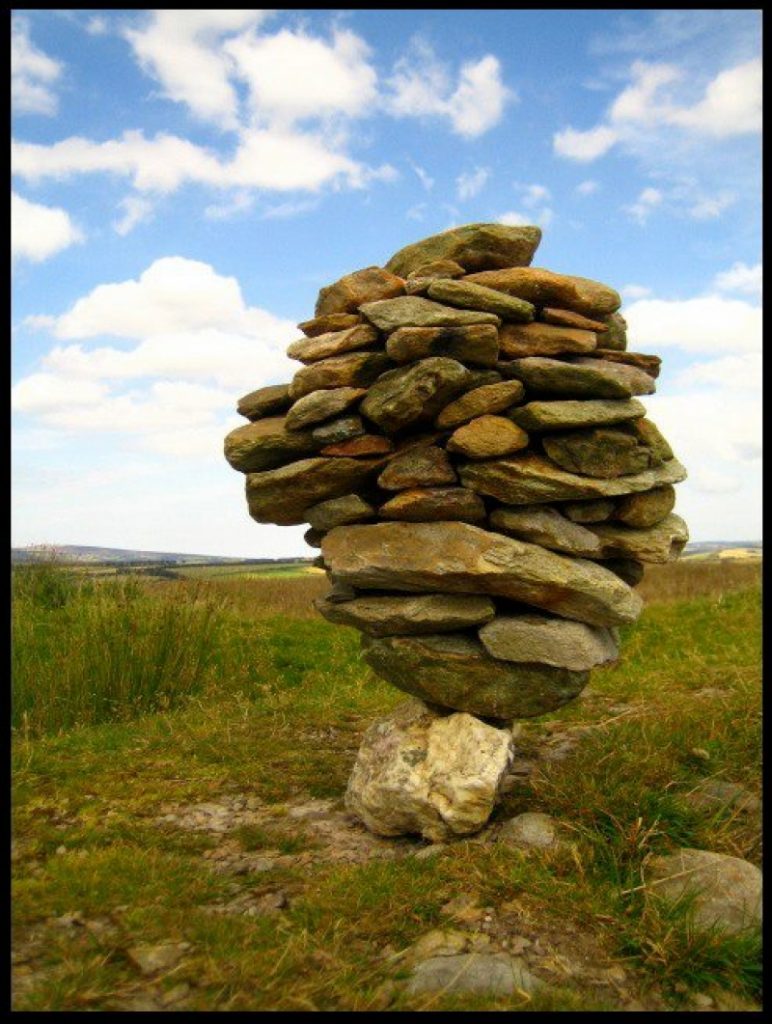
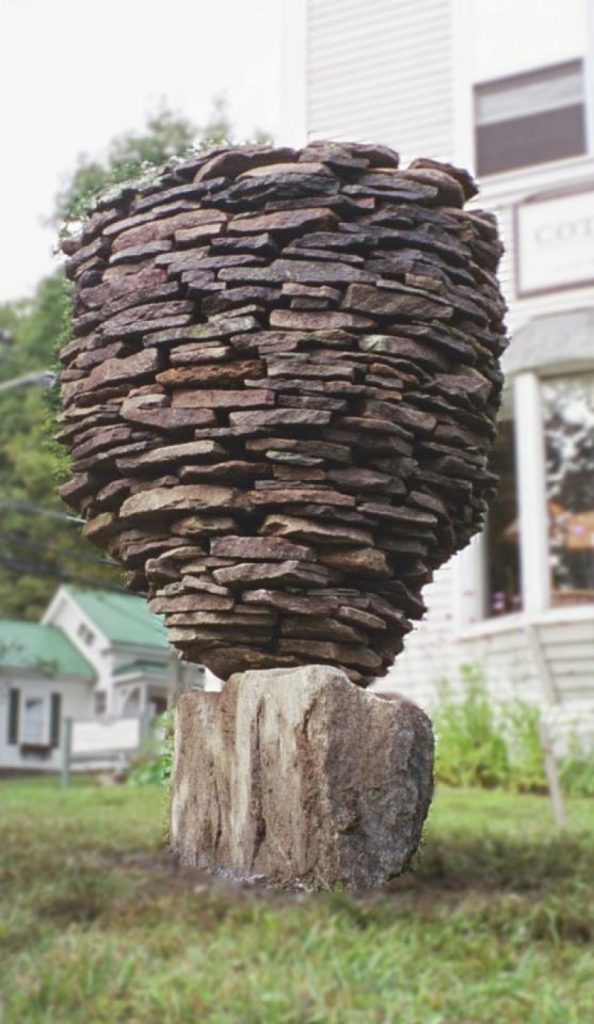
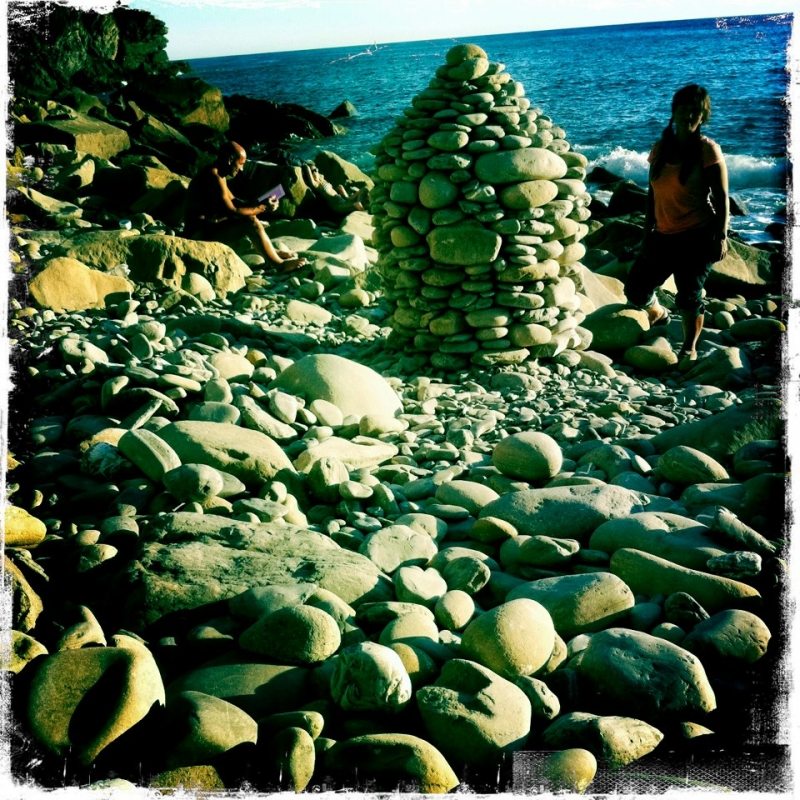
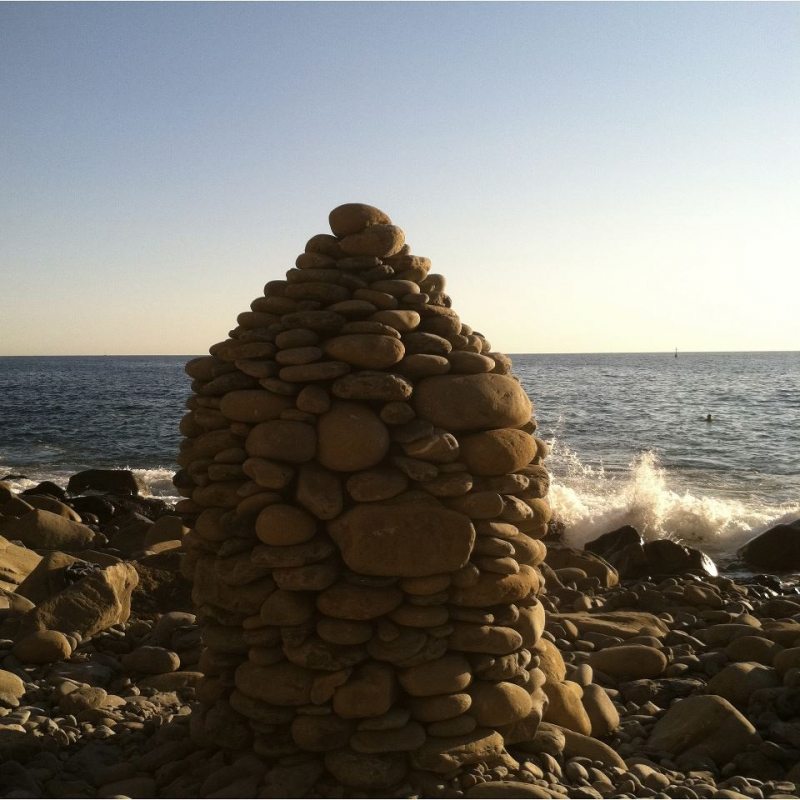
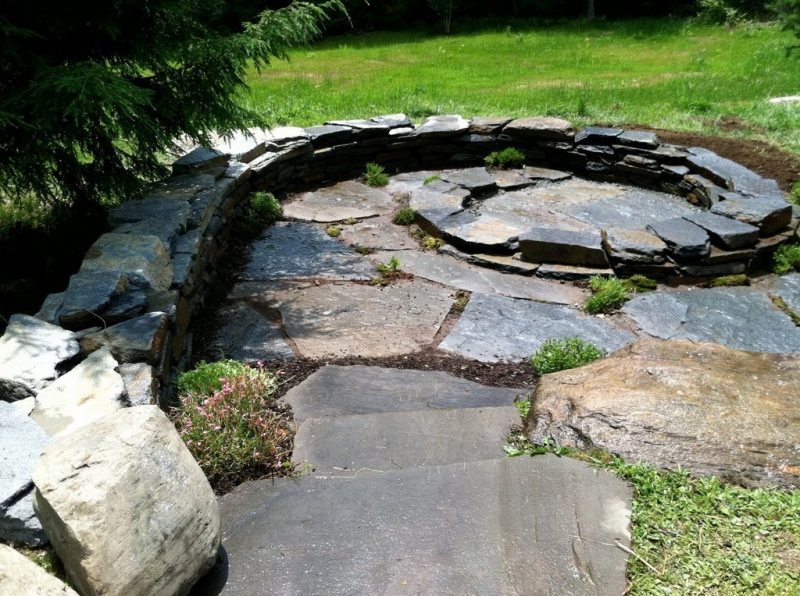
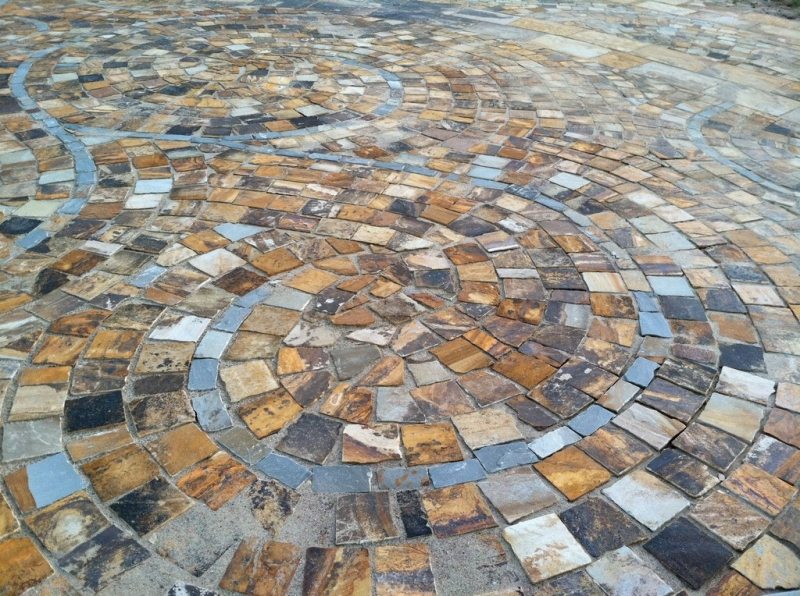

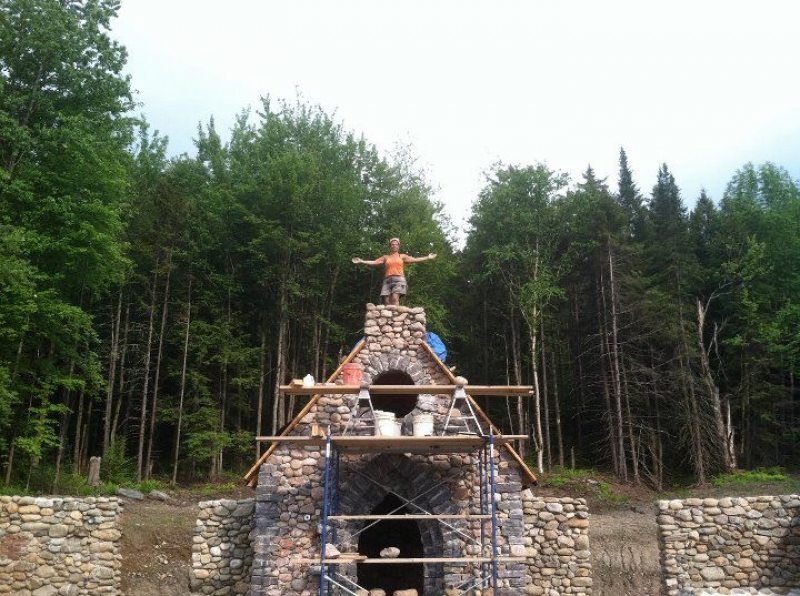
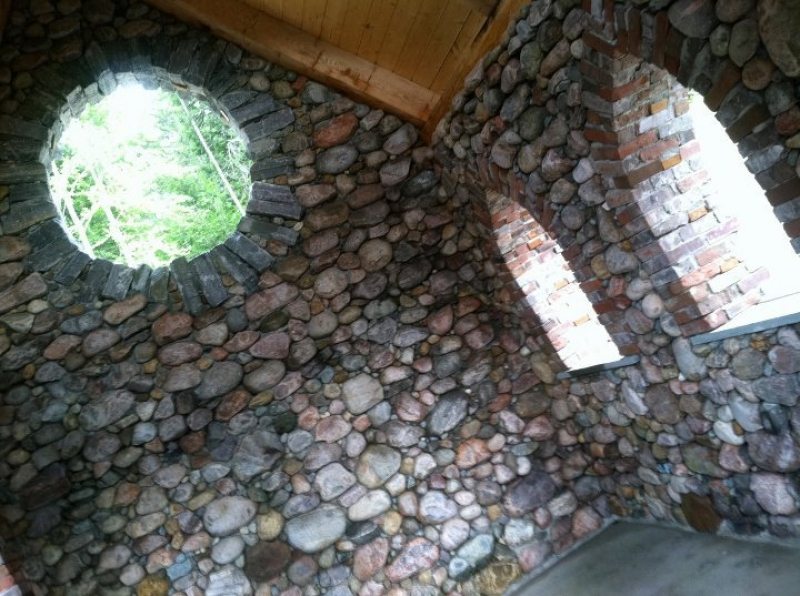
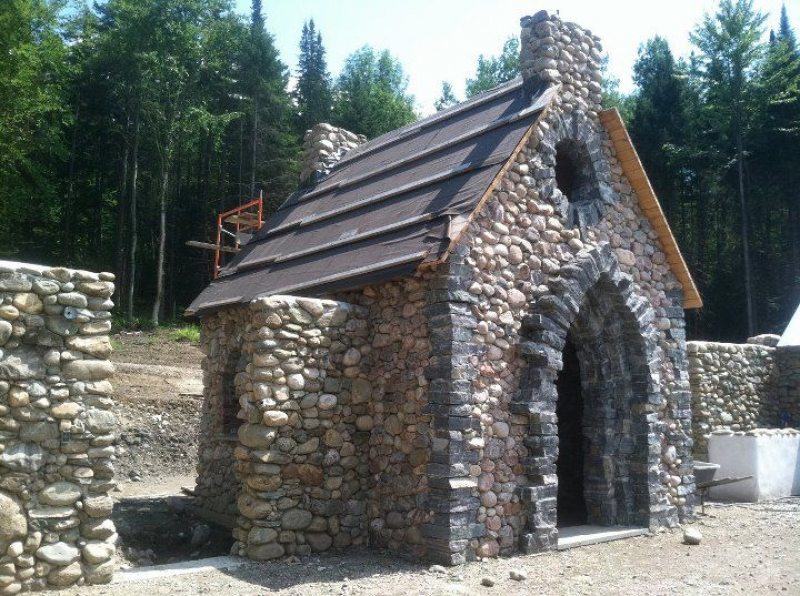

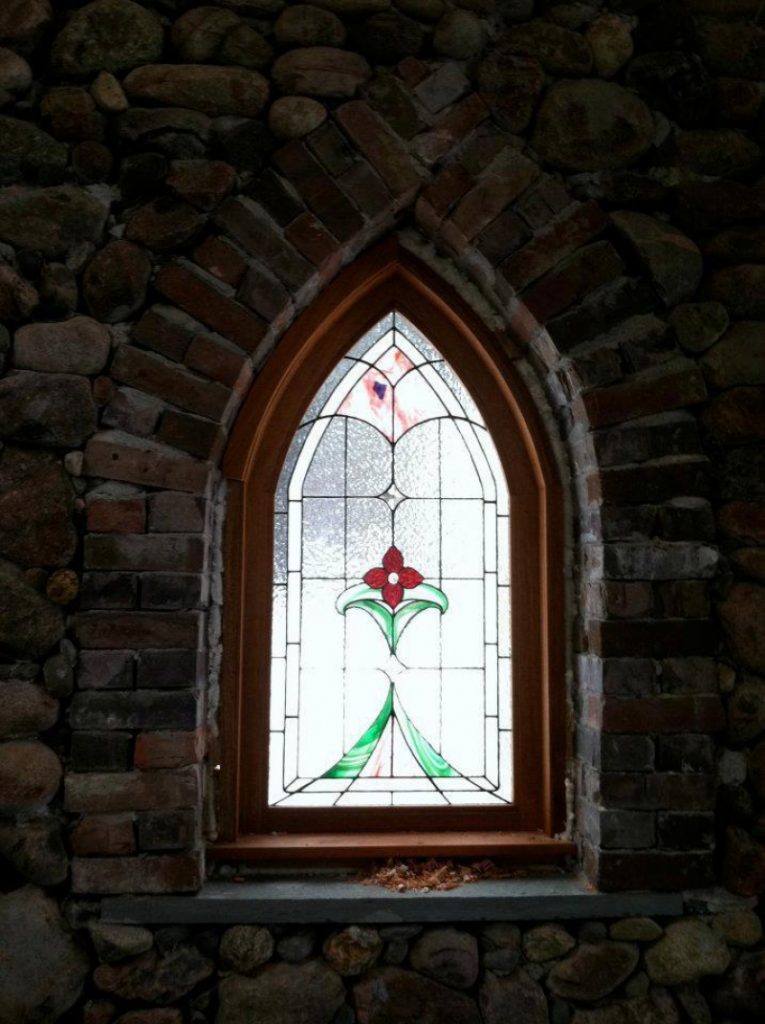
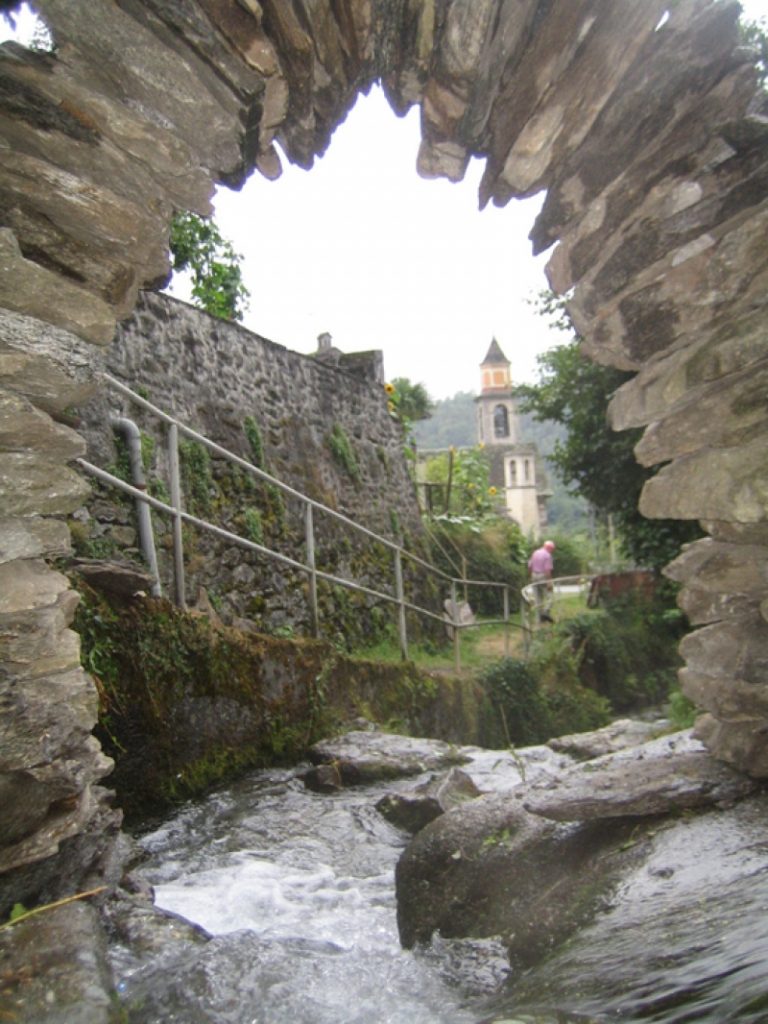
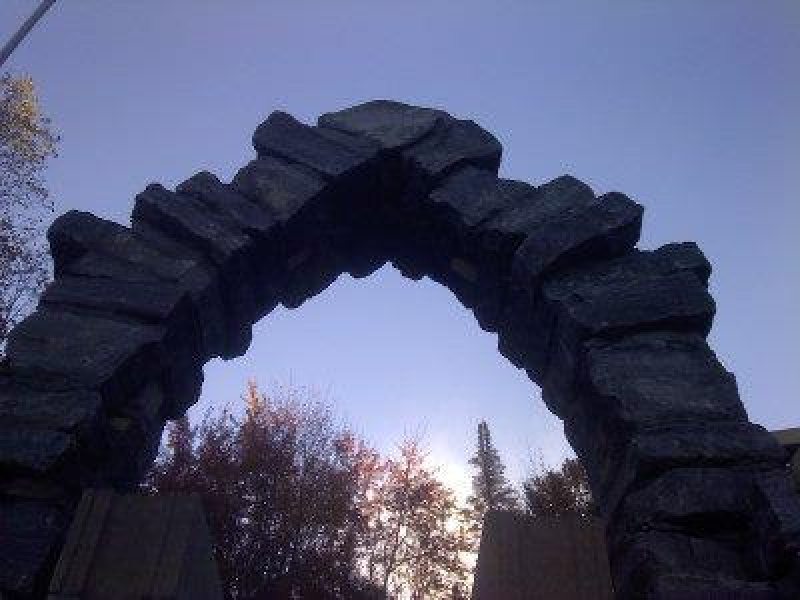
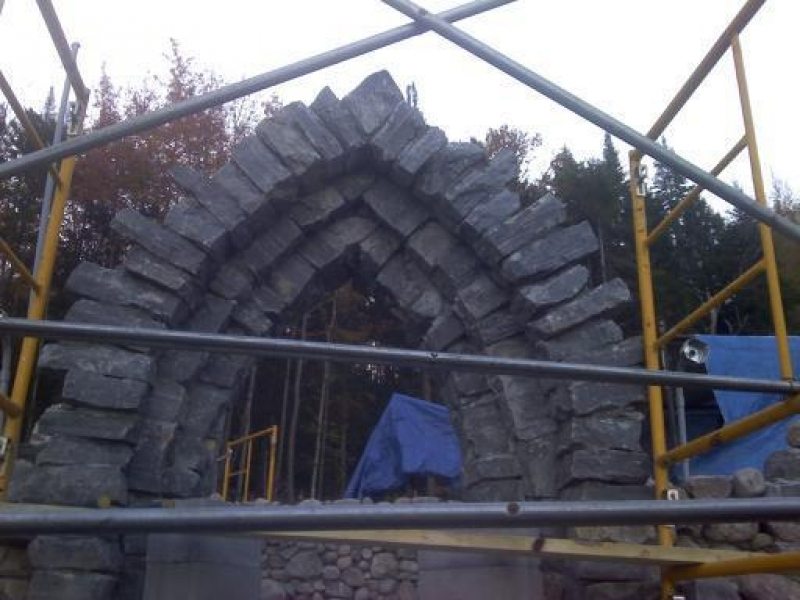
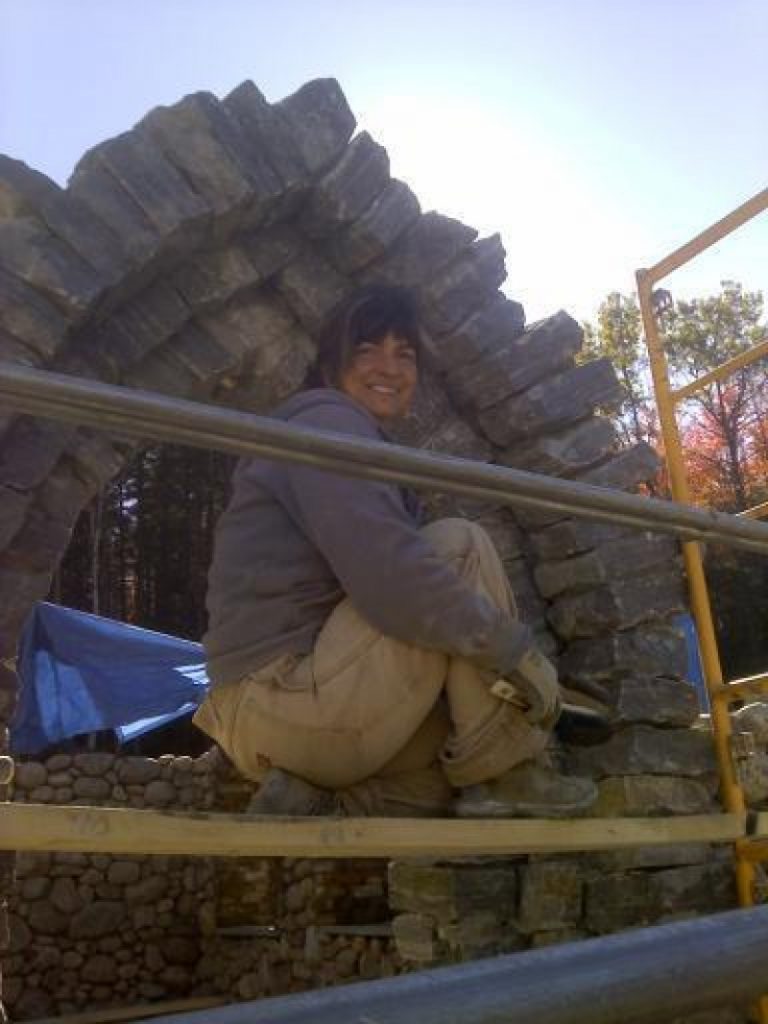
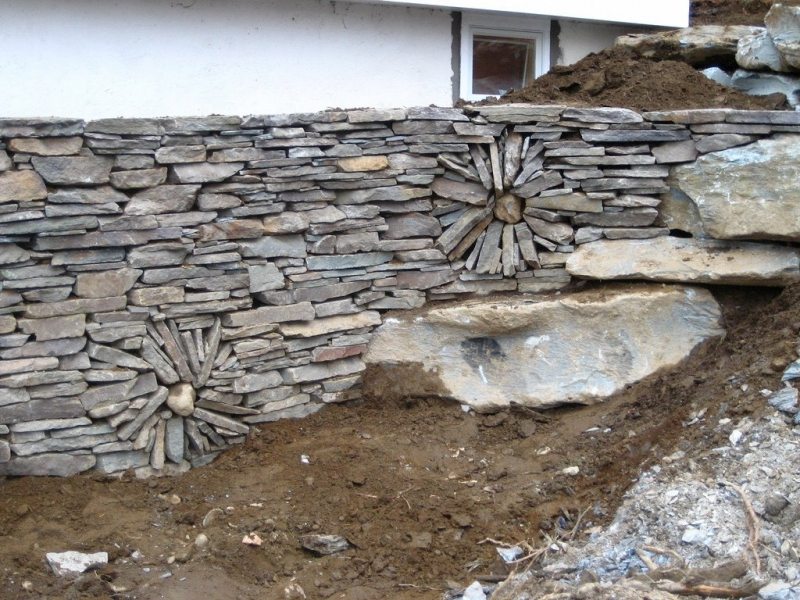
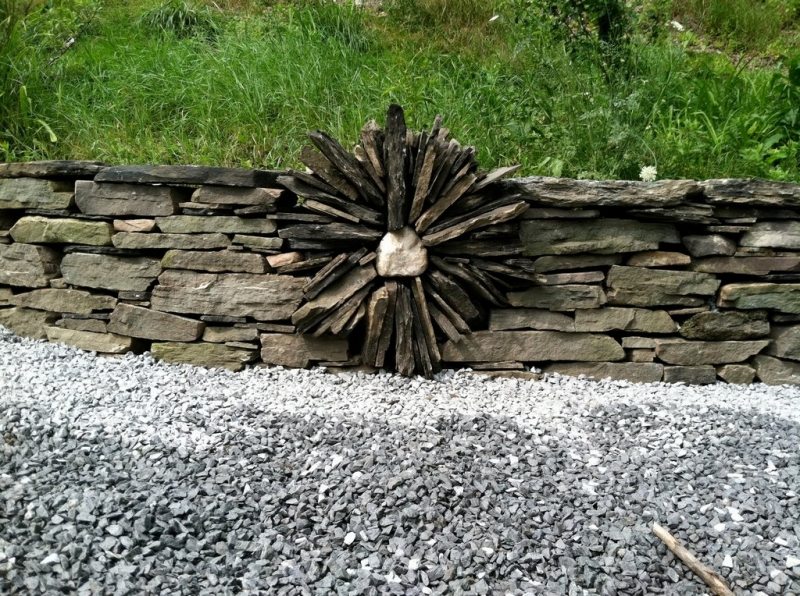
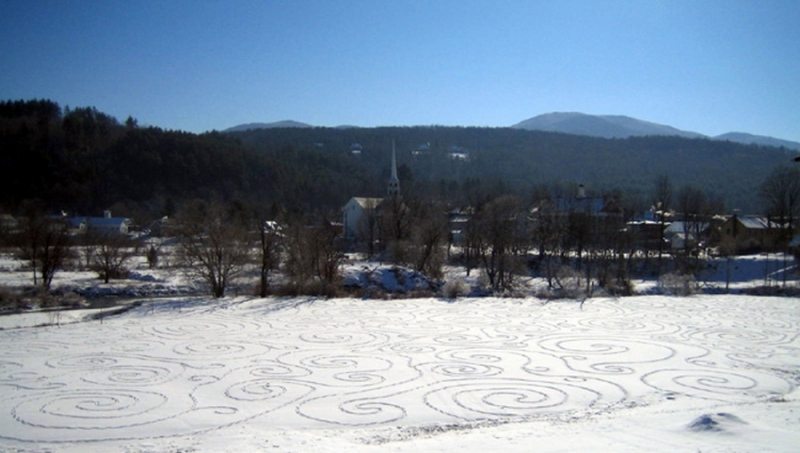
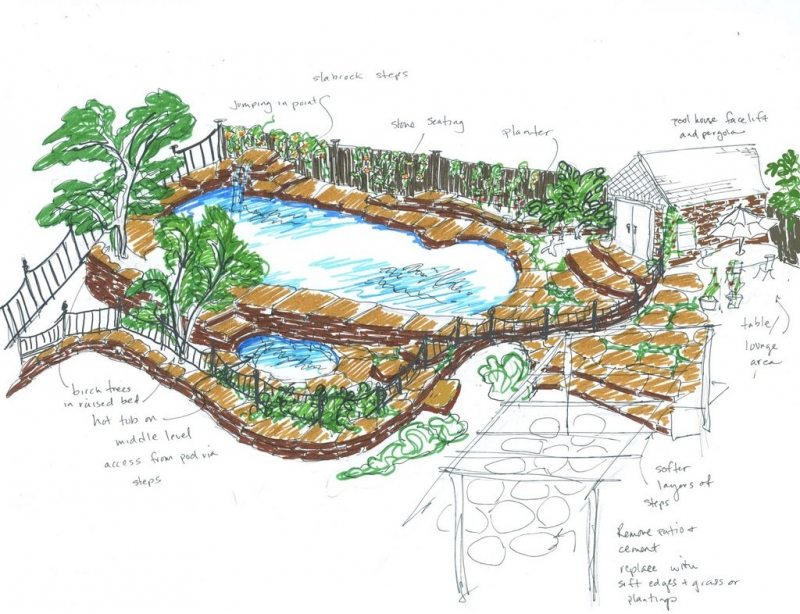
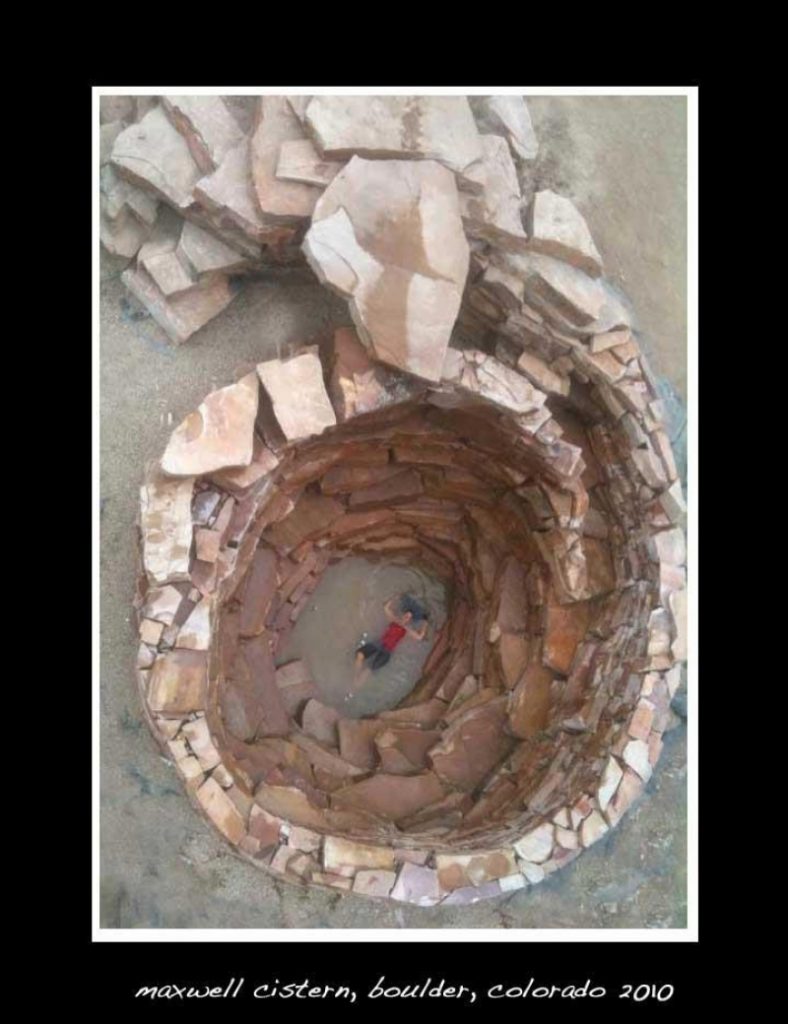
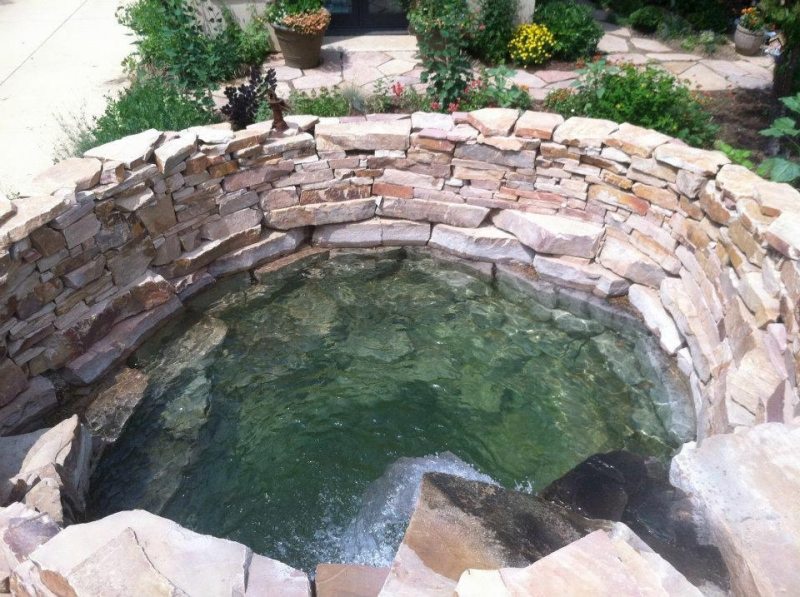
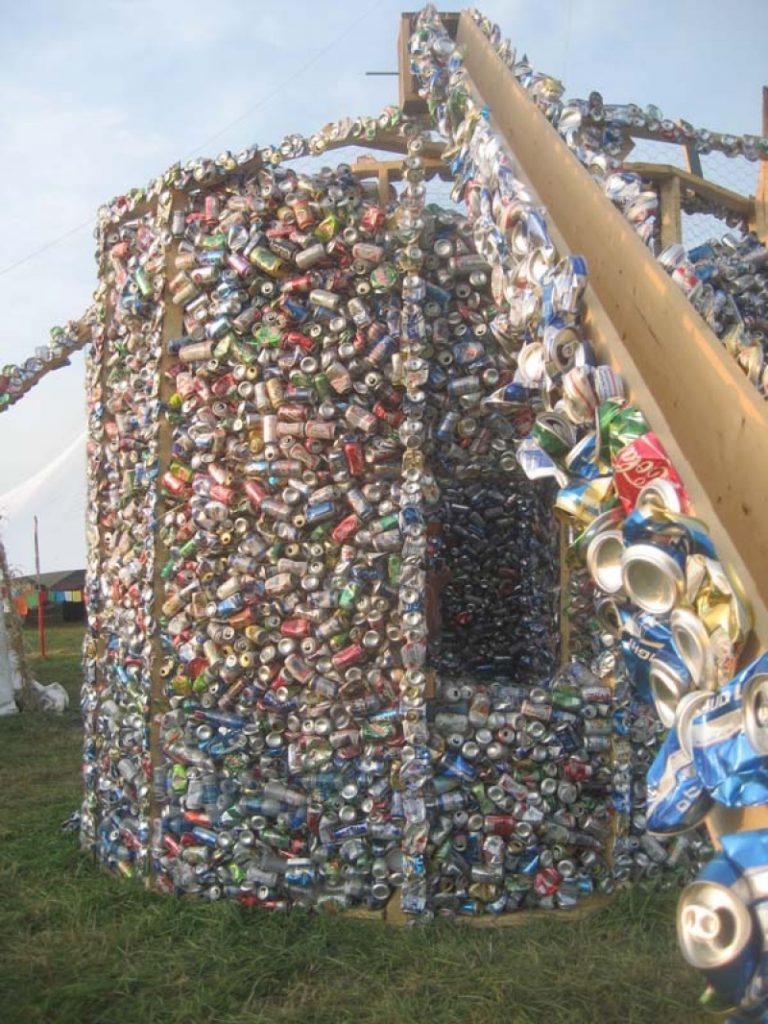

Signature Earthwork Installations by Thea Alvin
Alvin’s most striking works merge stone, earth, and imagination to transform landscapes into interactive art pieces. Each installation invites you to explore space and form in a new way.
Spiral Stone Labyrinth
Alvin carved a sweeping spiral into a gentle hillside using locally sourced stone. The path coils inward and then opens again, guiding walkers in a meditative journey. Every stone is hand-placed to follow the land’s natural slope. You feel the rhythm of growth as you move. Light and shadow shift through the day, creating ever-changing patterns across the spiral.
Chapel Garden Sanctuary
This quiet sanctuary pairs a circular stone wall with a central planting bed. Alvin built the wall using only site materials, stacking stones without mortar. She left gaps to host native wildflowers and moss. The low wall frames a living mosaic of color and texture. It stands as both garden boundary and art piece. You step inside and sense a calm harvest of sight and sound.
Moon Window
A circular aperture opens in a thick earth embankment. The window frames distant trees and sky like a living painting. Rocks support the curved cut while soil and grass soften its edges. Alvin shaped the earth to cradle the stones. When sunlight hits just right, the window glows from within. You pause to catch the framed view, as if looking through time.
River Archway
Built over a trickling stream, this arch uses heavy stones balanced above two low walls. Alvin tested each rock’s weight before placement. The span sits securely yet feels light against the flowing water. You walk beneath and gaze up at the sky caught between stones. The arch draws attention to the river’s gentle current. It unites moving water and static rock in a single gesture.
Crystal Well
Deep in a meadow, a stone-lined well opens to clear water below. Alvin crafted the well walls with interlocking stones. Light filters down, revealing reflections that sparkle like gems. She kept the rim low, inviting a closer look. Wild grasses grow between the stones, hinting at hidden life. Filling a bucket becomes a ritual of discovery, as you glimpse the well’s buried light.
Sustainable Practices in Earthwork Construction
Building with respect for nature ensures lasting impact and minimal footprint. These methods show how Thea Alvin’s earthwork can thrive alongside local ecosystems.
Local Material Sourcing
Using stone and soil from the site cuts transport emissions and costs. You’re saving fuel and supporting local quarries or landowners. Each material blends with its surroundings. You avoid introducing foreign elements that could disrupt soil chemistry. This hands-on choice fosters a stronger bond between the project and the place. Alvin’s earthwork teams often walk the land to gather only what’s needed.
Water Management Strategies
Controlling runoff prevents erosion and protects nearby waterways. Alvin’s earthwork designs channel rain into planted swales. This slows water flow and boosts groundwater recharge. You’ll see reduced puddles around stone walls and paths.
Simple earth berms guide water to garden beds where it nourishes plants. This approach turns storm events into hydration opportunities. It keeps sediment in place and rivers clear downstream.
Soil Preservation Techniques
Compaction and overworking soil can harm its structure. Alvin layers organic mulch beneath walkways to retain moisture and support microbes. You’re feeding beneficial fungi and bacteria that break down organic matter.
Rigid tamping tools shape paths without sealing the surface. Loose topsoil stays vibrant for plant roots. This mix of care and restraint keeps soil healthy. It also makes maintenance easier as the earthwork settles over time.
Biodiversity Integration
Earthwork can boost local wildlife when you plan for it. Alvin creates stone crevices for lizards and insects to shelter. You’ll notice moss and ferns growing in shaded gaps. Native wildflowers dot low edges and walls.
Birds find nesting spots in upcycled wood features. This living tapestry weaves art and ecology together. Visitors often discover hidden life as they explore her installations.
Low-Energy Construction Methods
Heavy machinery can damage site and burn fuel fast. Alvin’s teams favor lever systems and hand tools for major moves. You’re reducing noise and preserving soil structure. A simple block-and-tackle rig lifts heavier stones without engines.
Workers split rocks by hand to fit shapes. This slows pace but raises craftsmanship and care. The reduced carbon output aligns with earthwork’s ethos of harmony.
Community Collaboration and Education
Sharing sustainable methods spreads impact beyond one project. Alvin hosts workshops on dry stone and soil care. You’re learning time-honoured skills paired with modern insights. Local volunteers help source materials and build walls. This hands-on training seeds future stewards of the land. Each workshop builds community pride and knowledge. Through these efforts, Thea Alvin’s earthwork lives on wherever participants practice what they’ve learned.
Conclusion
Thea Alvin’s earthwork transforms land into living sculptures that celebrate nature’s textures. Her projects combine dry stone building with sustainable materials for lasting beauty. You’ll find each installation rooted in local heritage and crafted with precision. Visitors can wander her spirals, arches, and sanctuaries to connect with art and earth. Her workshops share these ancient techniques, inspiring a new generation of earthwork artists.
If you love her work as much as we do, say so! And if you’d like to join in a workshop, email us at admin@theownerbuildernetwork.co and we’ll keep you updated on plans.
For more influencial work check out the Garður Landhouse next!

